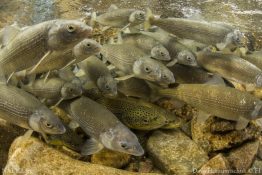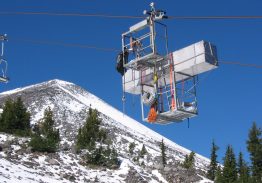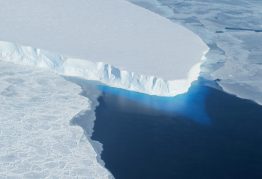Polar bears depend on sea ice for essential tasks like hunting and breeding. As Arctic sea ice disappears due to climate change, bears across the species’ 19 subpopulations are feeling the strain. But even as scientists try to quantify just how much melting sea ice is affecting polar bears, another group that depends on the iconic mammal for subsistence also is at risk of losing an important nutritional and economic resource.
Read more at UW Today »Winners, losers among fishes when landscape undergoes change
Authors from the University of Washington and Simon Fraser University are the first to look at the effects land-use changes can have on freshwater ecosystems on a national scale. To do this work, they analyzed data on more than 500 fish species taken from 8,100 locations within streams across the U.S.
Read more at UW Today »'The blob' of abnormal conditions boosted Western U.S. ozone levels
An unusually warm patch of seawater off the West Coast in late 2014 and 2015, nicknamed “the blob,” had cascading effects up and down the coast. Its sphere of influence was centered on the marine environment but extended to weather on land. A University of Washington Bothell study now shows that this strong offshore pattern also influenced air quality. The climate pattern increased ozone levels above Washington, Oregon, western Utah and northern California, according to a study published Feb.
Read more at UW Today »Environmental and Forest Sciences hosts Climate Change Video Contest: Submit by April 30
The UW Climate Change Video Contest is back for a third year! With growing fears about climate change and how our government will address the challenge, the UW School of Environmental and Forest Sciences wants to know: How do you convince a climate change skeptic? Grab your camera, phone or tablet and make a two-minute ad that will convince a climate change skeptic to take action!
Read more »Hidden lakes drain below West Antarctica's Thwaites Glacier
Thwaites Glacier on the edge of West Antarctica is one of the planet’s fastest-moving glaciers. Research shows that it is sliding unstoppably into the ocean, mainly due to warmer seawater lapping at its underside. But the details of its collapse remain uncertain. The details are necessary to provide a timeline for when to expect 2 feet of global sea level rise, and when this glacier’s loss will help destabilize the much larger West Antarctic Ice Sheet.
Read more at UW Today »





